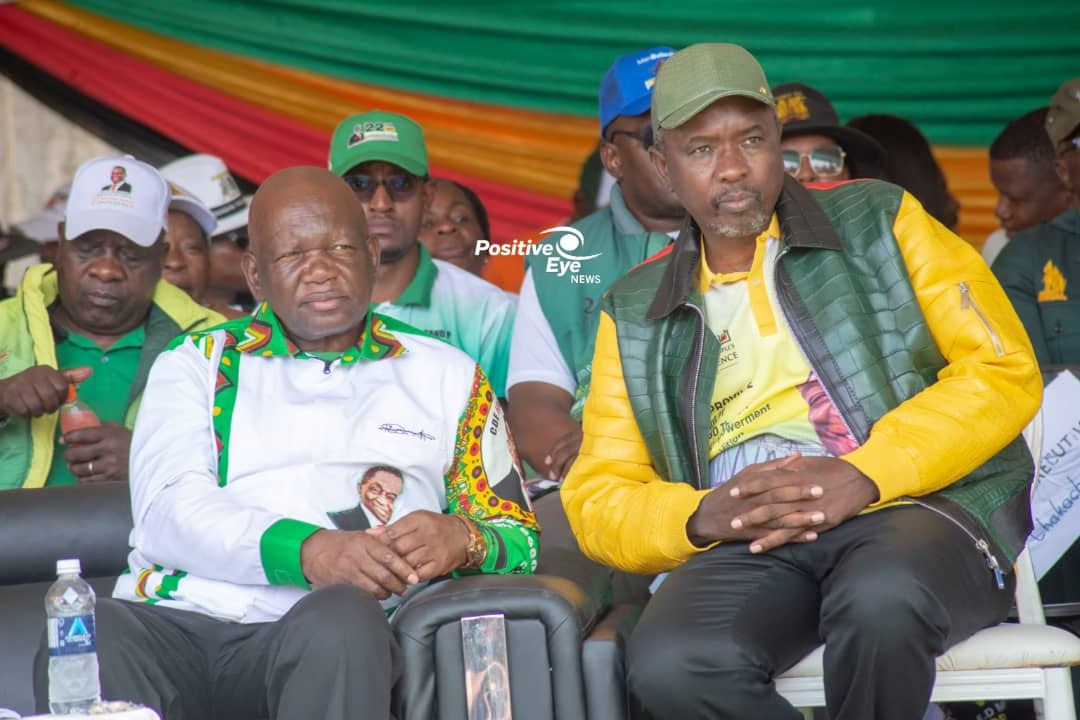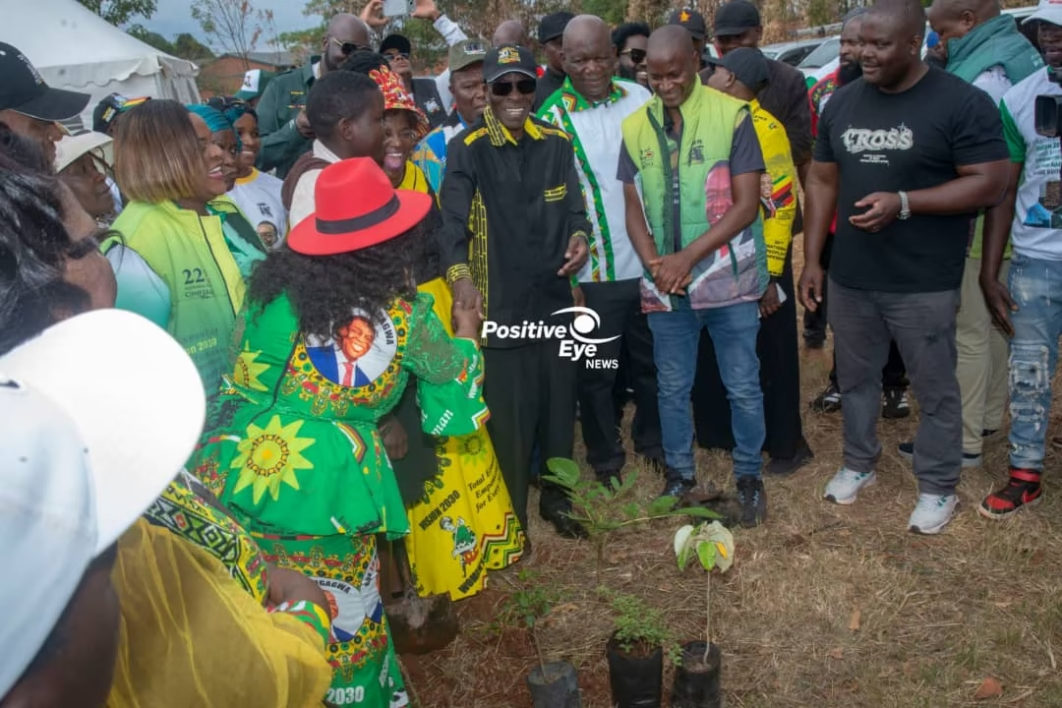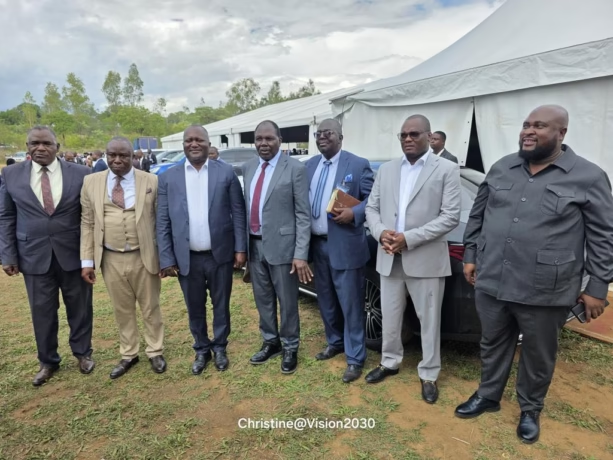
ZANU PF Central Committee member Dr. Kudakwashe Tagwirei has transformed an inter-district meeting at Hatcliffe Primary School into a calculated display of political power, community investment, and party consolidation, rolling out a package of cash, welfare, infrastructure, and security support that firmly anchors Harare Province’s Zone 4 in his orbit of influence.

In raw figures, he committed US$50,000 to the Youth League, US$50,000 to the Women’s League, US$50,000 to the Main Wing, and US$25,000 specifically for community support—a structured injection that strengthens all three pillars of the party’s architecture while ensuring that the wider community also feels the impact.

The donations are layered in a way that fuses party loyalty, liberation legacy, social protection, and local governance into one coherent strategy. Through the Bridging Gaps Foundation, which he jointly runs with his wife, Sandra, Dr. Tagwirei stretched the narrative beyond party structures to touch deep emotional and historical chords by singling out the Kaduku family—a family of three with direct liberation struggle ties—for full scholarships up to university level and a monthly stipend of US$450.
In a political culture where the liberation legacy remains central to national identity, this gesture serves as both a welfare intervention and a reminder that those linked to the struggle still occupy a privileged moral space in the distribution of benefits. The pledge of 12,500 food hampers offers a much-needed lifeline to families, providing not only nourishment but also a reassuring message that support is available during tough economic times.
Dr. Tagwirei’s package also moves into the long-term development arena, with a promise to build five clinics to enhance access to health services in and around Hatcliffe. The clinics will embed his name into the everyday life of the community, from child immunization visits to maternity care, making his philanthropy a permanent part of the local social fabric rather than a one-off spectacle.
On the security front, his pledge to provide vehicles for the Hatcliffe Police Station to curb machete violence directly addresses growing fears over crime and illegal activities associated with machete gangs, positioning him as a guarantor of order at a time when many residents feel exposed.
The more subtle but equally significant part of the package lies in the bricks and land-related commitments. The donation of 3,000 bricks for the construction of new ZANU PF offices underlines the emphasis on formalizing party presence and strengthening administrative capacity in Zone 4, while the securing of ownership rights of “Padust” for the area speaks to control over key local spaces. Land, offices, and infrastructure are not neutral in Zimbabwe’s politics; they are instruments of visibility, permanence, and authority.
By helping to anchor these physically in the community, Dr. Tagwirei is effectively deepening the institutional footprint of both himself and the party on the ground.
Analytically, the Hatcliffe announcements show a deliberate strategy in which money, memory, welfare, and security are tightly woven into a single narrative of responsive leadership. The Youth League, Women’s League, and Main Wing receive resources that can energize mobilization and internal cohesion. Liberation war connections are honored in a highly visible way through the Kaduku family. Vulnerable households are targeted through food support. Health care is promised through clinics. Security is bolstered through police vehicles. Party infrastructure is strengthened through bricks and land. Each strand might appear isolated, but together they form a web in which community survival, service delivery, and party identity are increasingly bound to the name of Dr. Tagwirei.
For supporters, this may read as exactly the kind of grounded leadership they expect in tough economic conditions—a leader who does not only speak at rallies but backs words with tangible interventions. For critics, it raises long-standing questions about the balance between private wealth and public power, and about how philanthropic interventions in deeply political spaces can tilt the playing field.
What is beyond dispute is that Zone 4 has become a vivid case study of how a single political actor can use targeted donations to redraw the local political and social landscape. If all this is executed, Hatcliffe will become the reference point for a new template of high-stakes political philanthropy, where cash, clinics, and control move in the same direction.




